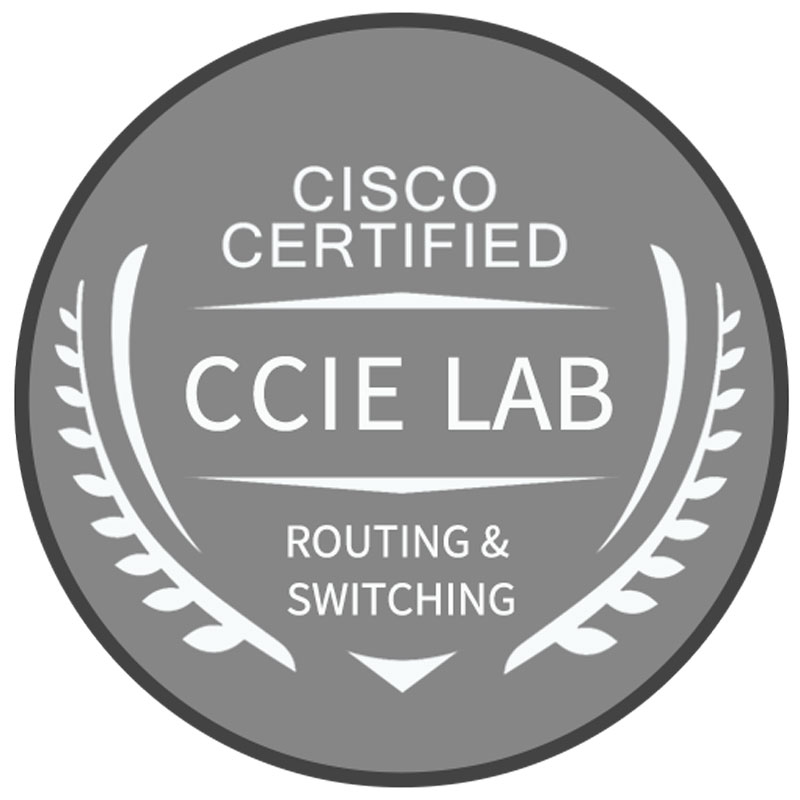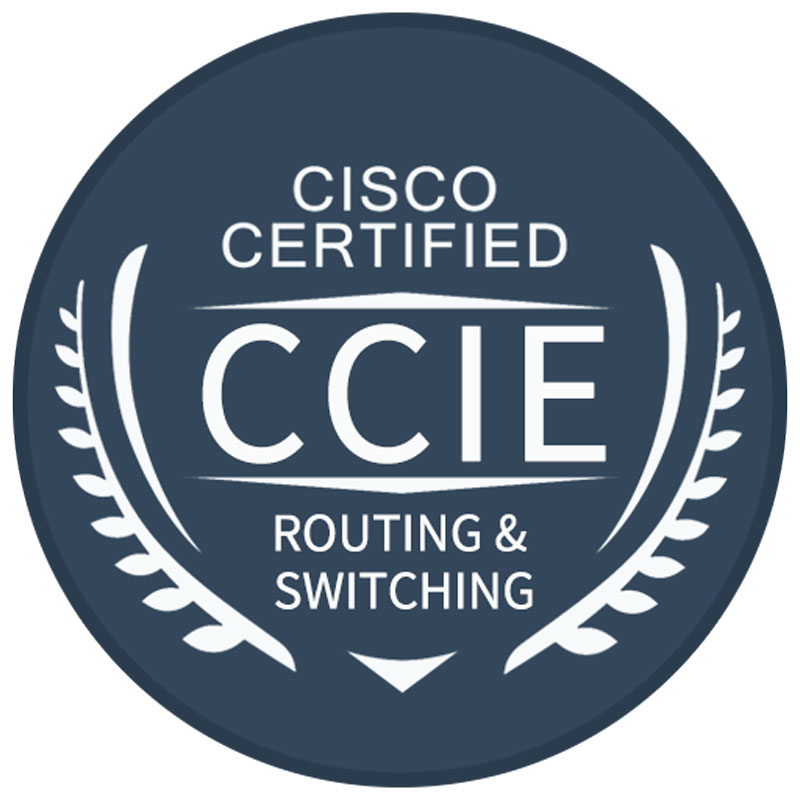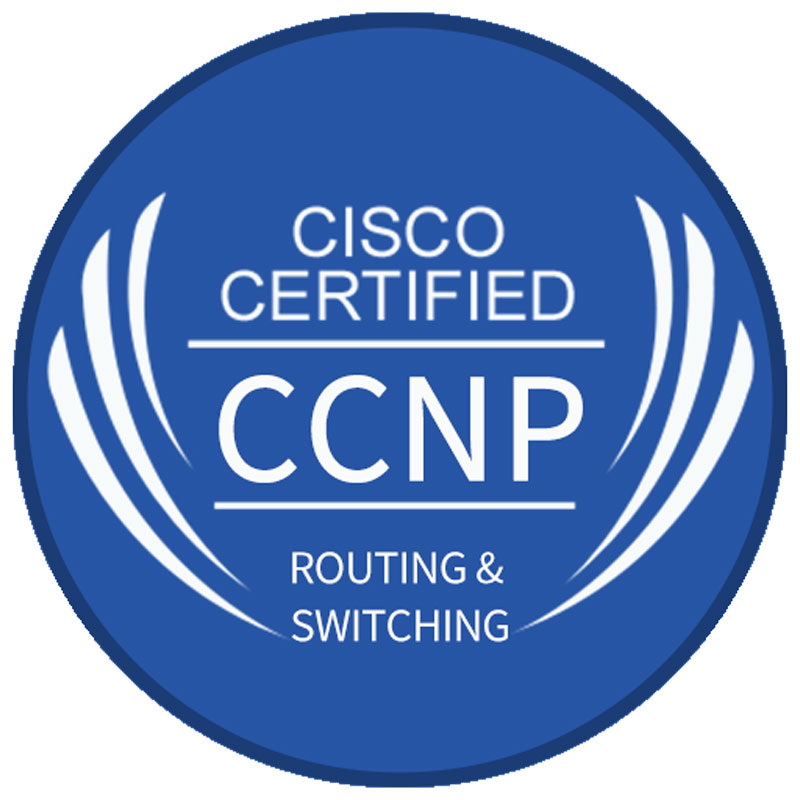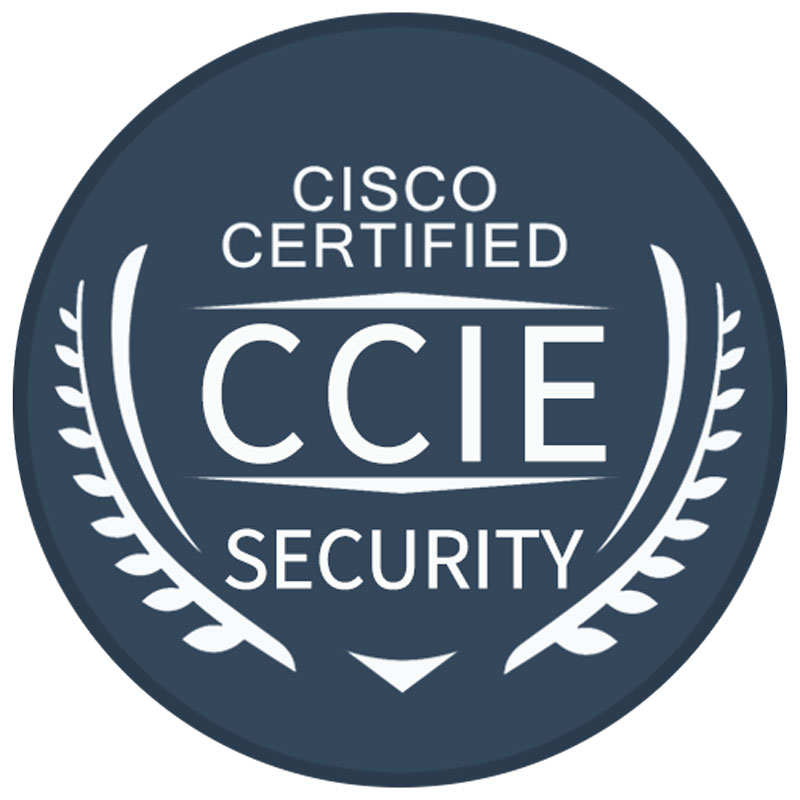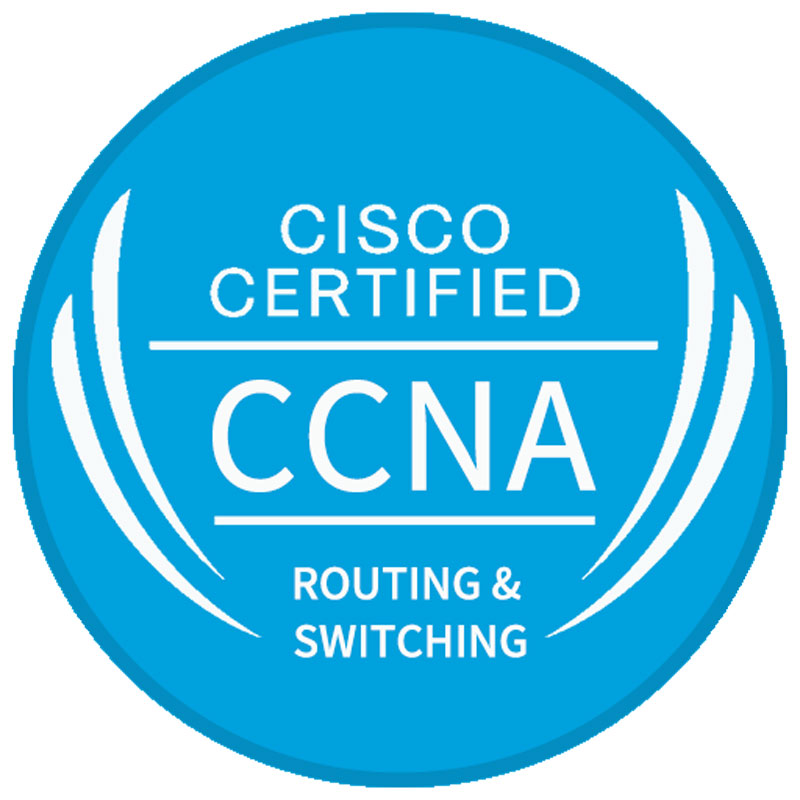Free Cisco Written Dumps
For Top 50 Purchases 01:59:56
X
ccie rs lab equipment list
Here is the most accurate CISCO CCIE WRITTEN exam questions and answers. All study materials need to be carefully selected by professional certification experts to ensure that you spend the least amount of money, time, and pass the high quality exam. There is also a professional service team that can customize your study plan for you to answer all your questions, PASSHOT's CCIE Written Dumps is definitely the biggest boost for you to test CCIE that helping you pass any Cisco exam at one time.
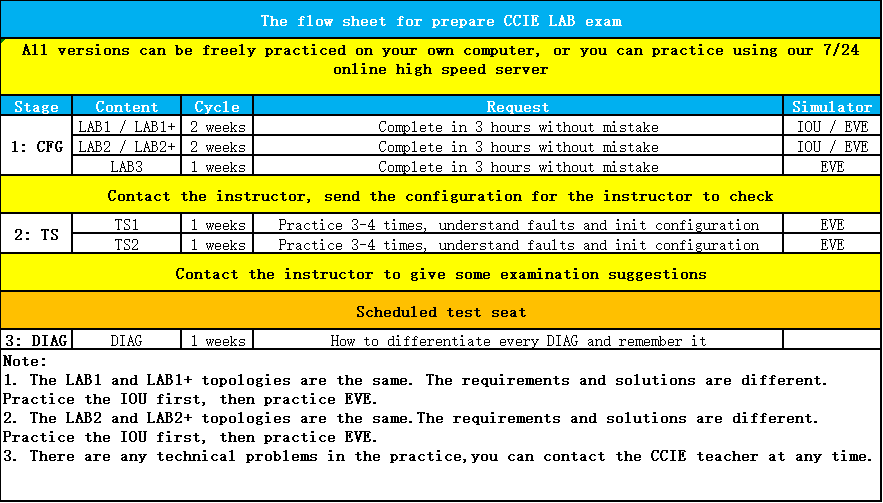
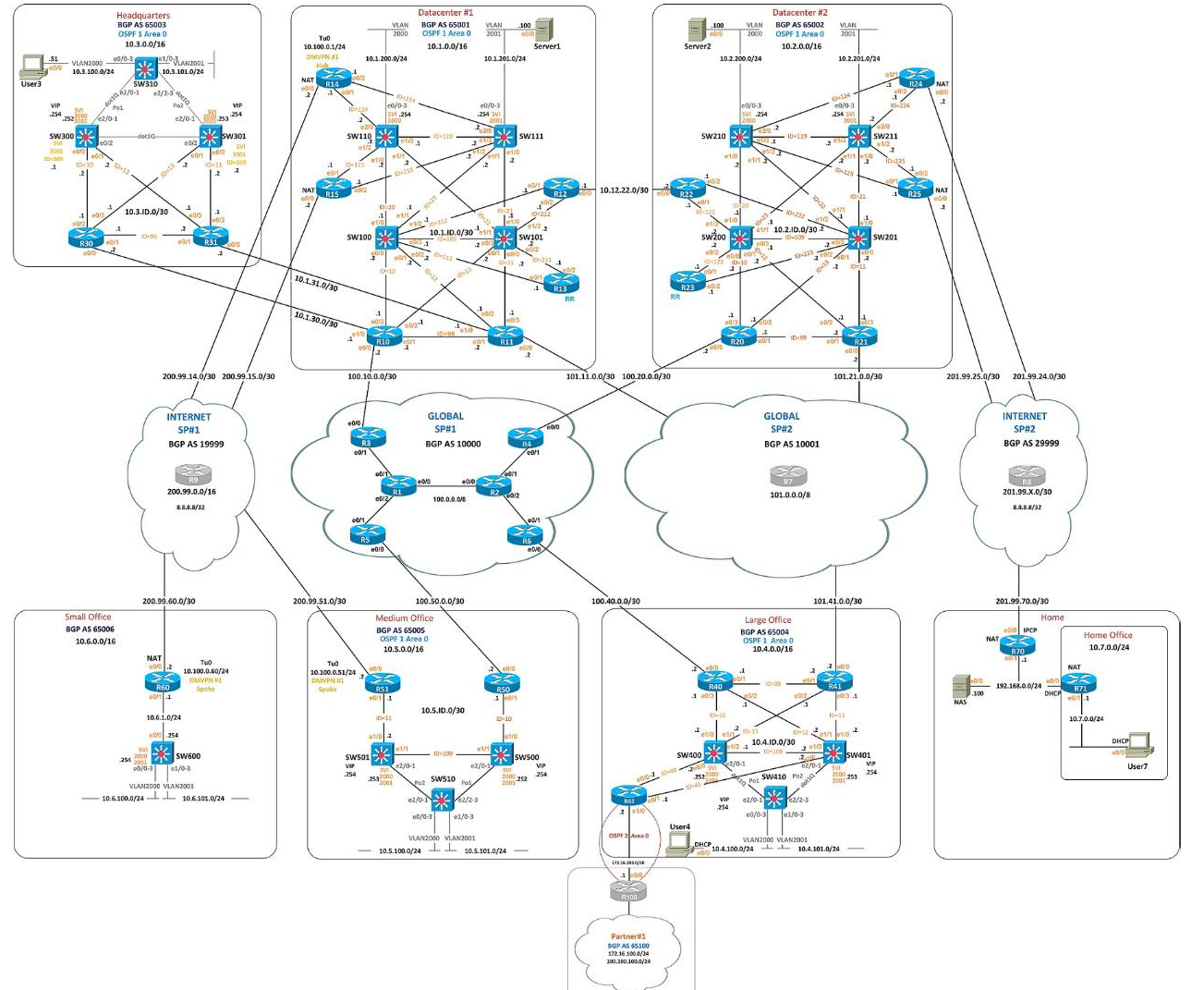
SECTION 1 LAYER 2 TECHNOLOGIES
Section 1.1: LAN Access
The following requirements were pre-configured
l VTP is turned off in all switches
l All required VLAN, including access-ports configuration in all relevant switches are provisioned.
l All required SVI interface in all relevant switches (including IP address and subnets mask) are provisioned.
Configure the network in all sites as per the following requirements:
l Access-port must immediately transition to the forwarding state upon link up, as long as they do not receive a BPDU. Use the minimal number of commands per switch to enable this feature.
l If an access-port receive a BPDU, it must automatically shutdown. Use the minimal commands per switch to enable this feature.
l Ports that were shutdown must attempt to automatically recover after 10 minutes.
l None of the switches may generate a TC.
section 1.2: LAN distribution
configure the headquarters’ network as well as the large and medium office networks as per the following requirements:
l all trunks must use dot1q encapsulation
l negotiation of trunking protocol must be disabled in all switches
l distribution switches (SW300, SW301, SW400, SW401, SW500, SW501) must initiate etherchannel negotiation using LACP
l configure layer 2 etherechannel’s number as shown in the ‘diagram 1: main topology’ and ‘diagram 5: layer 2 connections’ (that is use only Po1 and/or Po2)
l ensure that all ports included in etherchannels are effectively in use and bundled in the expected channel
l access switches must see similar output as shown below:
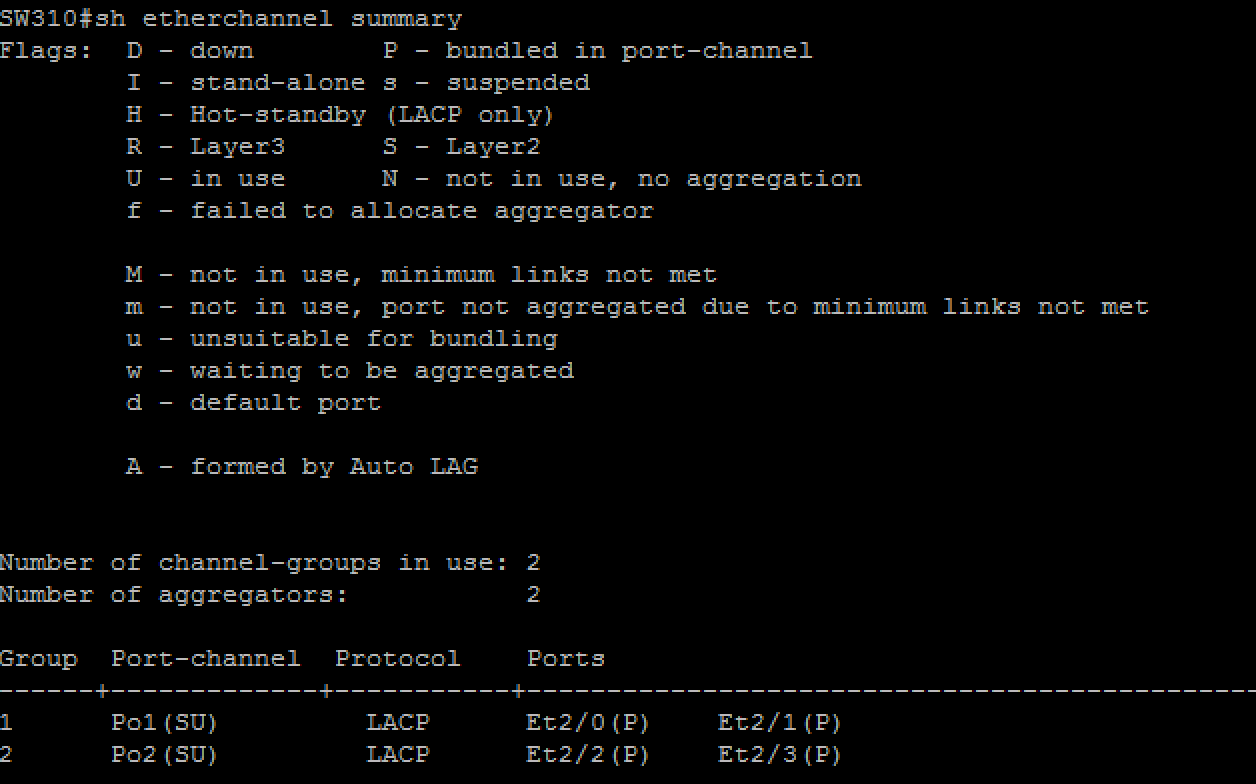
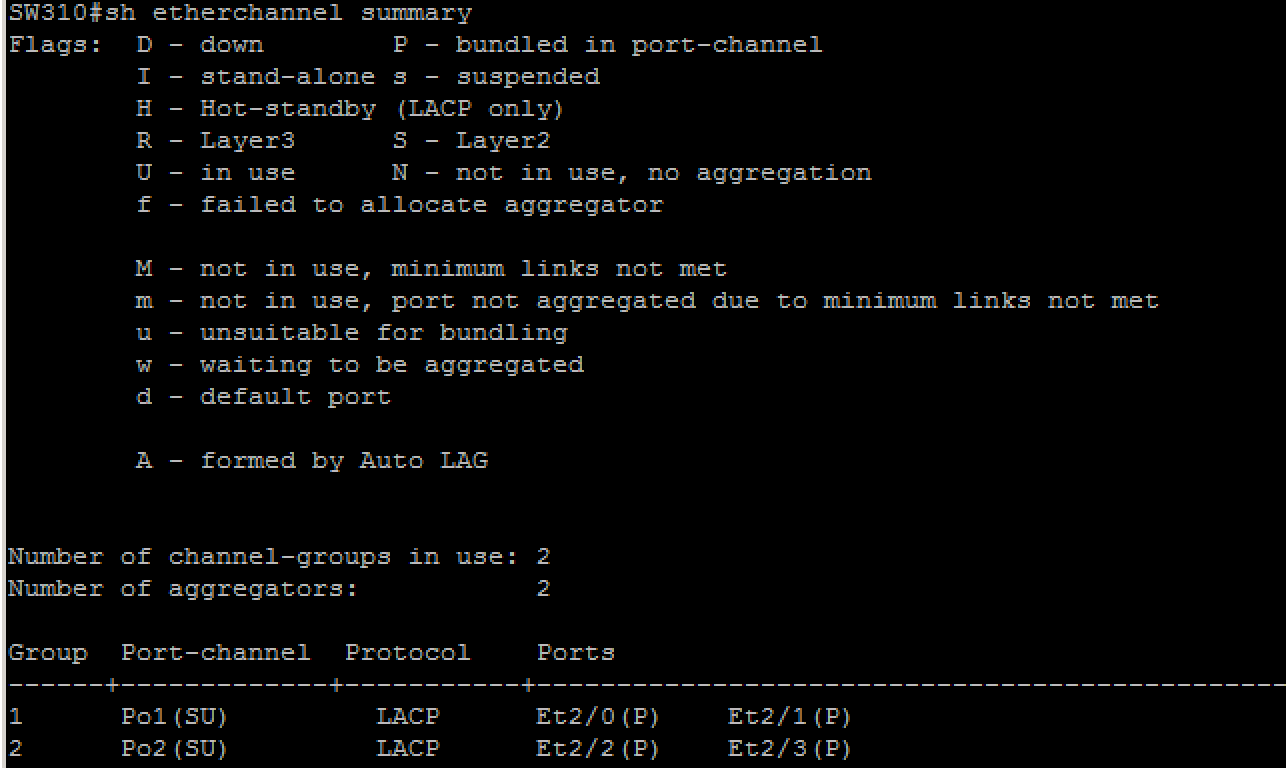
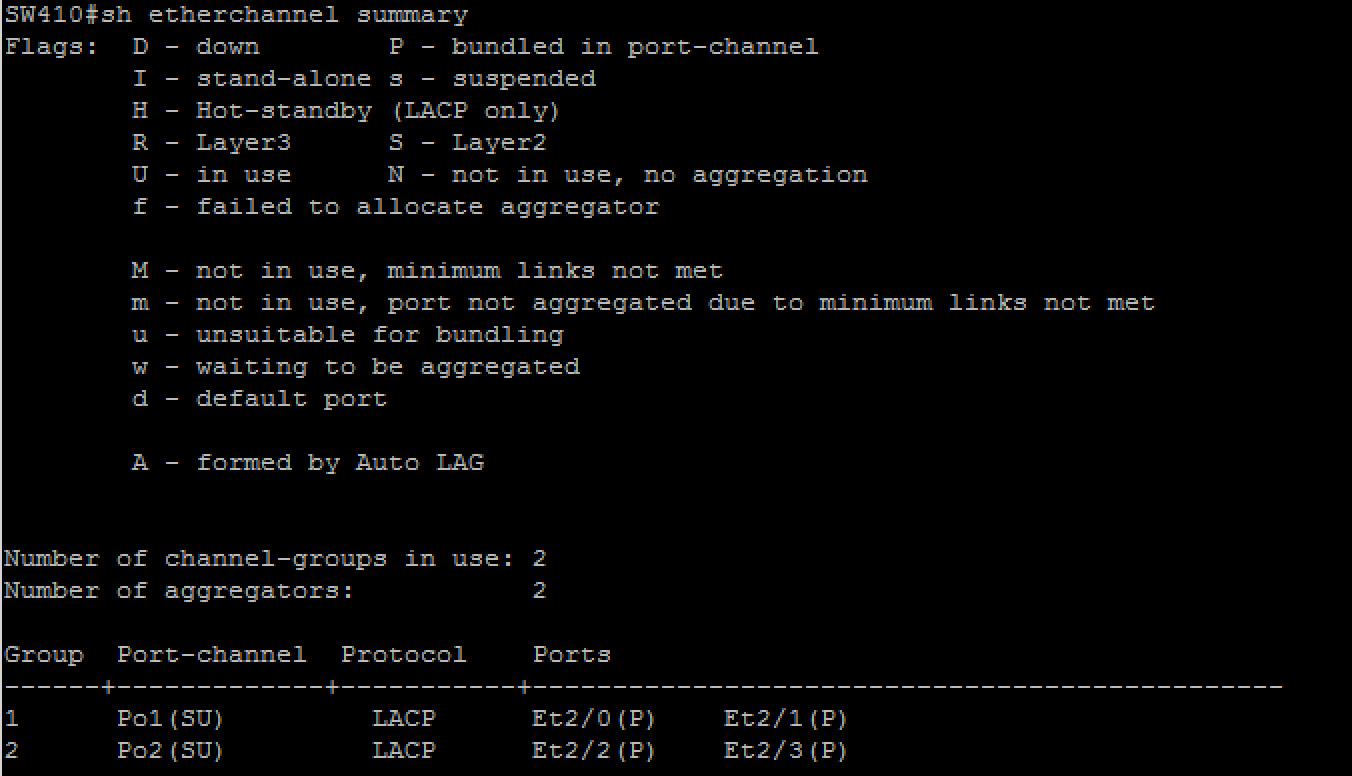
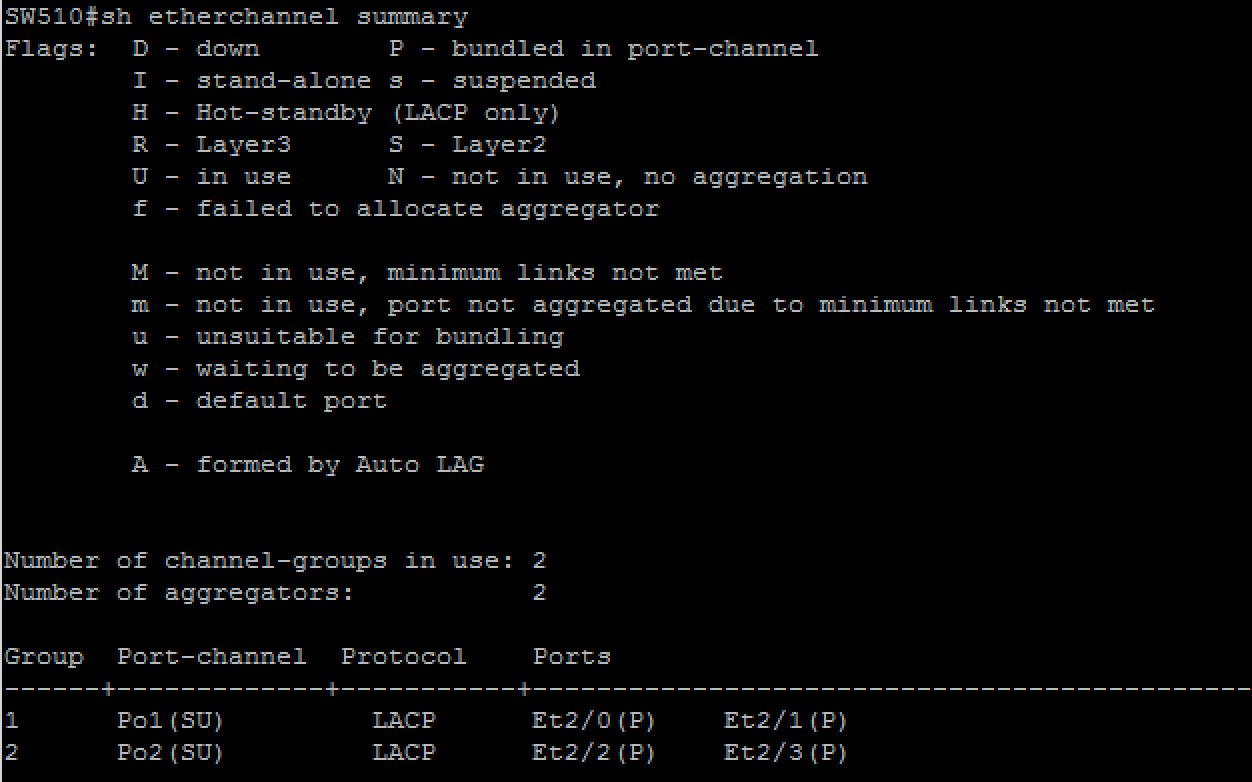
section 1.3: LAN resiliency: spanning-tree
configure the headquarters‘network as per the following requirements:
l SW300 must be the spanning-tree root bridge and must maintain a single spanning-tree instance for the following VLANs: 2000, 2002, 2004, 2006, 2008 (use instance number 2)
SW301 must be the spanning-tree root bridge and must maintain a single spanning-tree instance for the following VLANs: 2001, 2003, 2005, 2007, 2009 (use instance number 1)
l all other VLANs, except 3001, must share the default spanning-tree instance
l ensure that interface E0/2 of SW 300 and SW 301 is a dot1q trunk and that it switches frames for VLAN 3001 only
l SW300, SW301, and SW 310 must not have any blocked ports for any access VLAN (2000-2009)
l SW310 must have the least chance of being elected the root bridge for any VLAN
l none of the three switches may run more than four instance of spanning-tree at any point in time
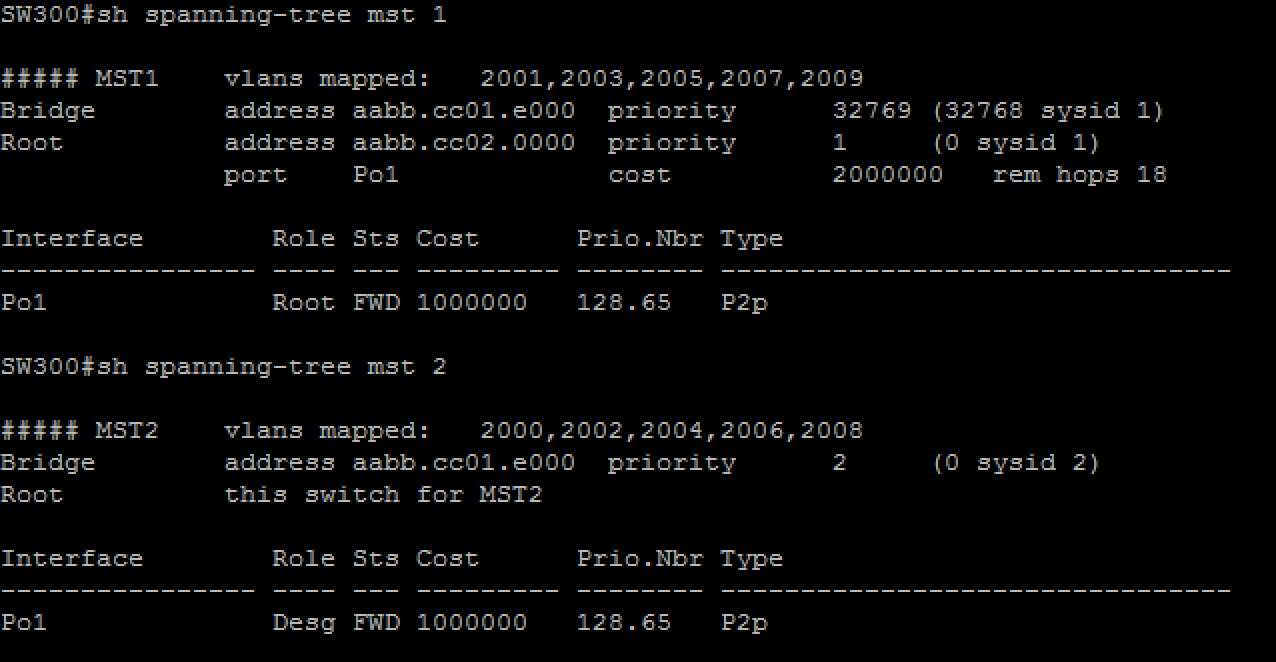
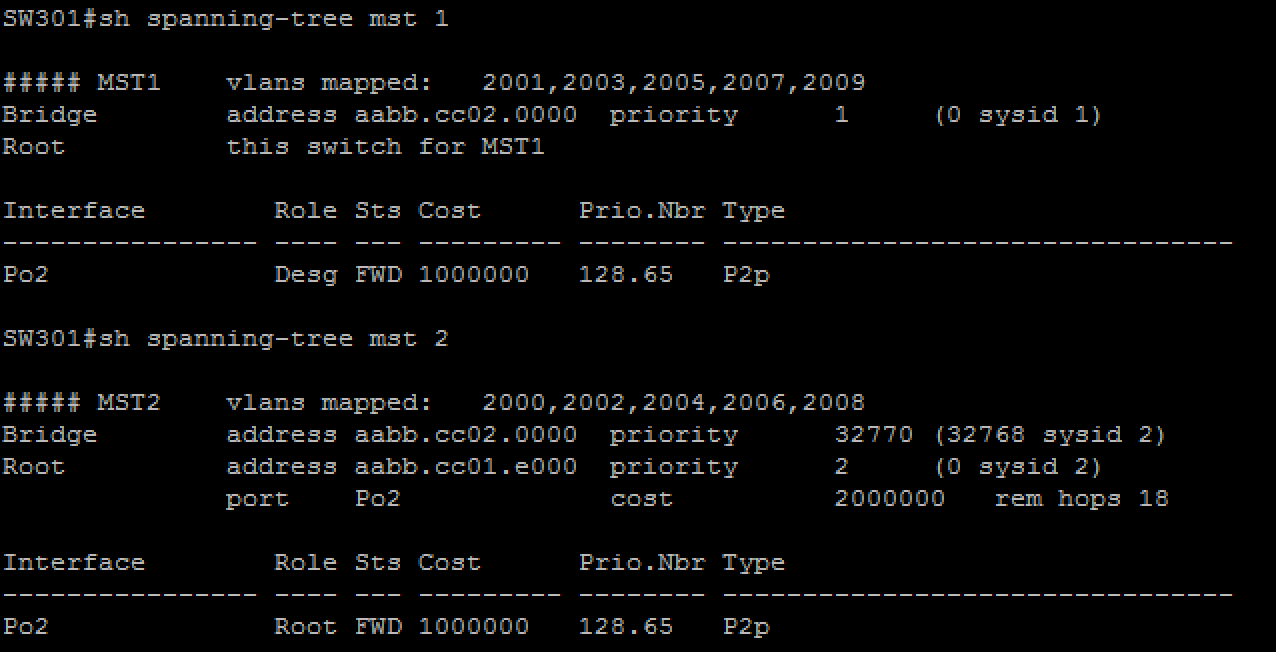
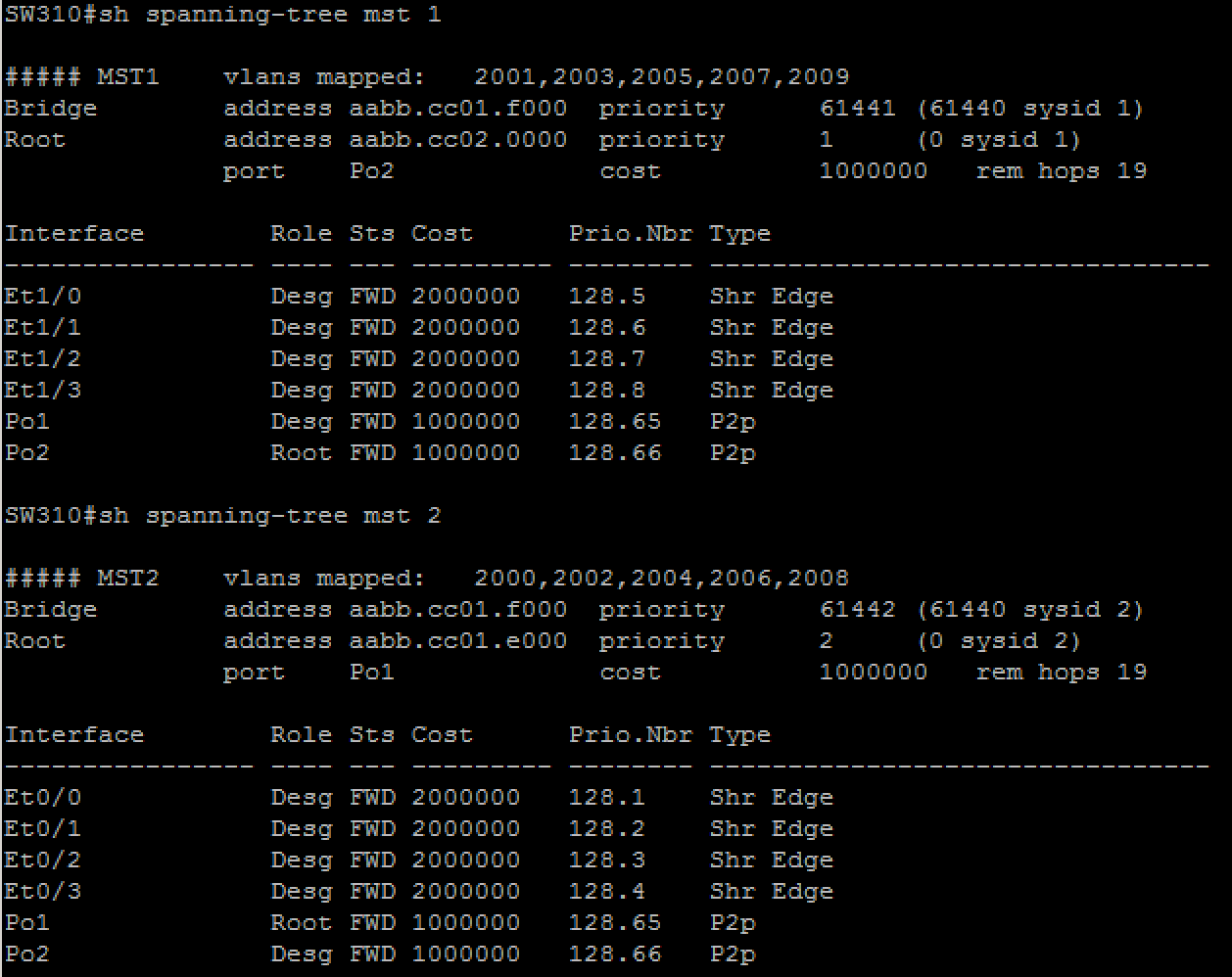
configure all access switches in both datacenter networks (SW110, SW111, SW210, SW211) as per the following requirements:
l use 32-bit based values for the default port path cost
l all four switches must use the default value for their interface cost
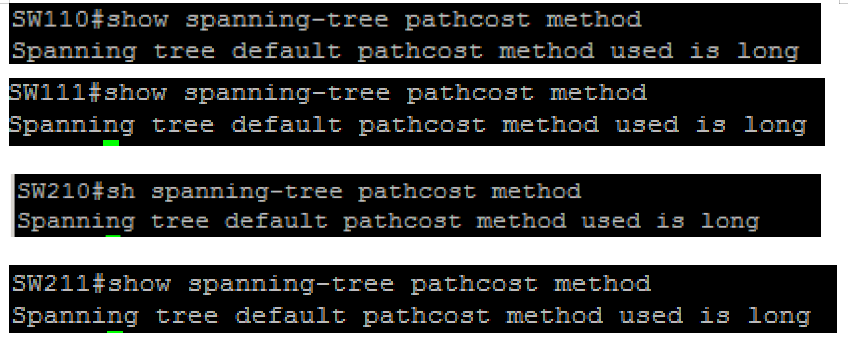
section 1.4: WAN switching technologies
configure the home router R70 as per following requirements:
l the Ethernet WAN link must rely on a layer 2 protocol that supports authentication and layer 3 protocol negotiation
l the service provider expects that R70 completes a three-way handshake by providing the expected response of a challenge requested
l R70 must use the hostname “R70”and password “CCIE” (without quotes)
l R70 must receive an IP address from R8 and must install a default route pointing to 201.99.8.8
l ensure that R70 can successfully ping 8.8.8.8, which is located in the ISP#2 cloud
l you are not allowed to configure any static route in R70 in order to achieve the previous requirements
l use the pre-configured Dialer 1 interface as appropriate
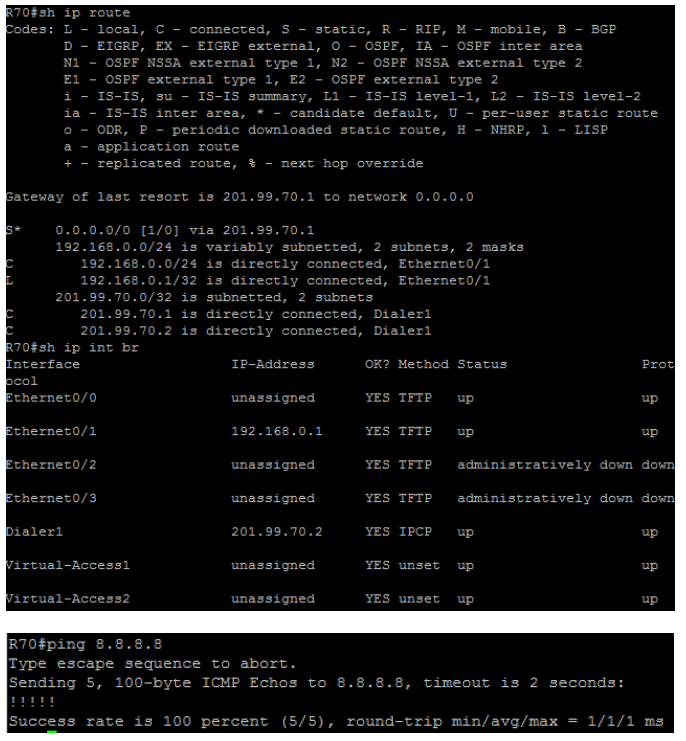
section 2 layer 3 technologies
section 2.1: OSPF in HQ
configure the headquarters network (BGP AS#65003) as per the following requirements:
l both gateway routers of the headquarters network must always advertise a default route into the ospf domain
l all four devices produce the exact same output as shown below. everything must match, except the “dead time” counters and line order
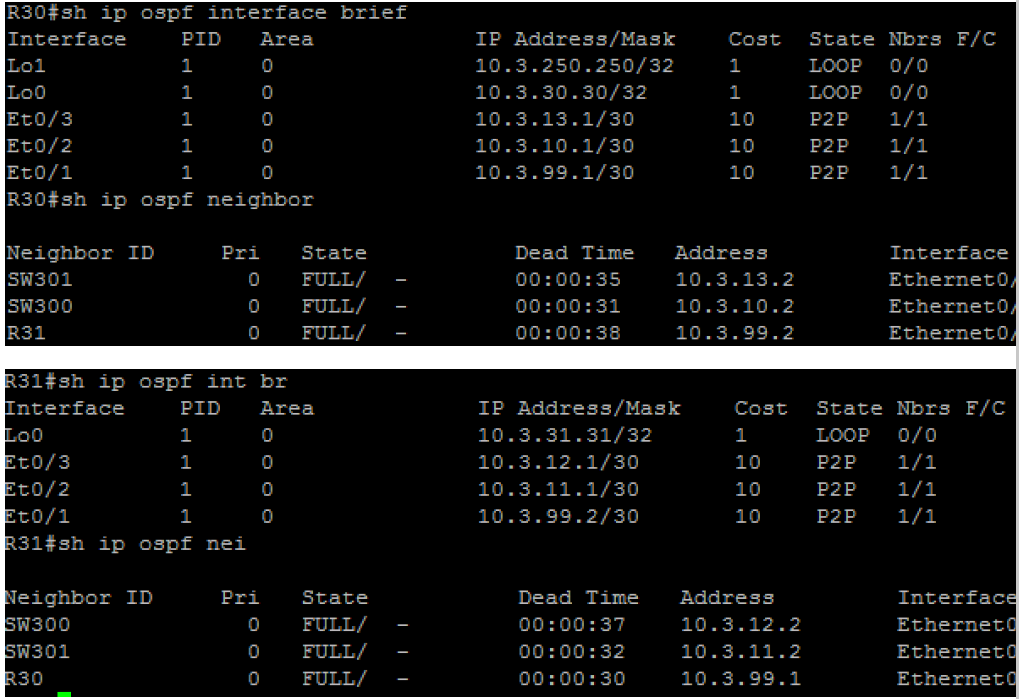
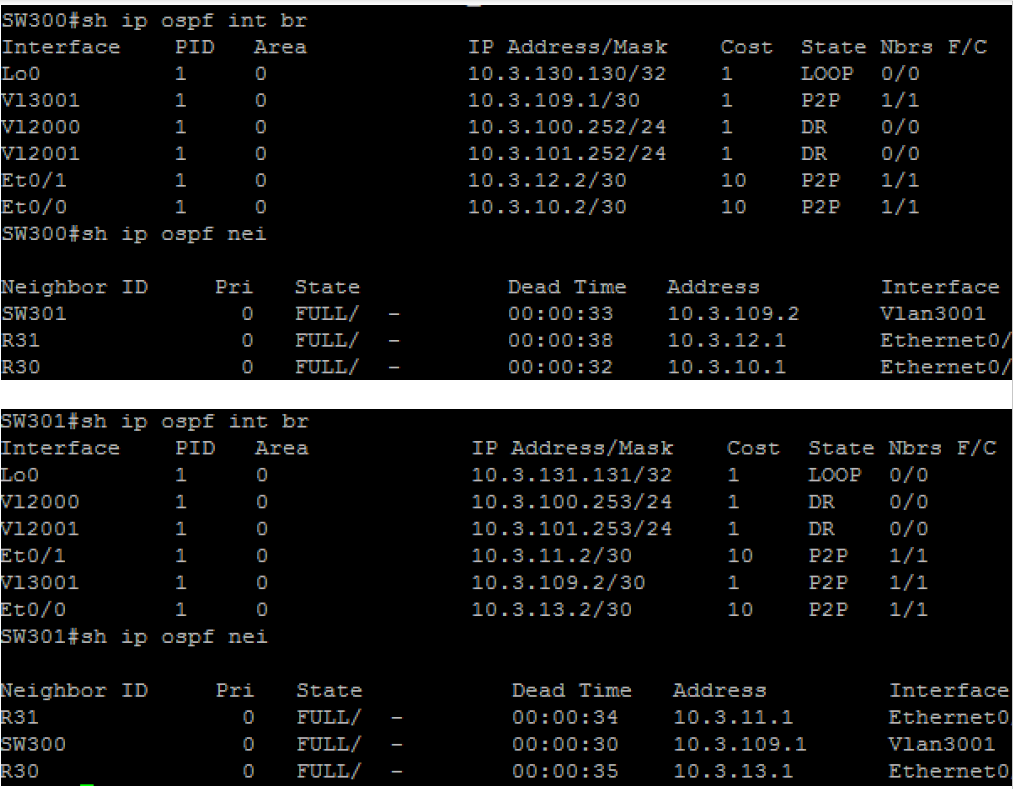
section 2.2: OSPF in DC#1
in order to speed up OSPF convergence in the datacenter#1 network, limit the number of IP prefixes that are carried in OSPF LSAs that OSPF is preconfigured in all required devices in datacenter#1
configure the datacenter#1 network as per the following requirements:
l all OSPF devices must exclude the IP prefixes of connected networks when advertising their type 1 router LSA, except for prefixes associated with loopbacks or passive interfaces
l host loopbacks are the only OSPF intra-area prefixes that may appear in any DC devices ‘routing table
l your solution must still apply if any new interface was added to the OSPF domain
l don not use any prefix-list or another explicit filter anywhere
l do not configure any interface as unnumbered
l do not remove any pre-configuration
section 2.3: B2B connection with partner#1
R100 is located in the partner#1 network and is connected to R42. it supports OSPF only. configure the large office network as per the following requirements:
l R42 must run a separate OSPF process with R100
l as mentioned in item 2.6, the site gateways R40 and R41 area not allowed to redistribute OSPF into BGP and vice versa
l R42 is allowed to redistribute OSPF into BGP and vice versa
At the end of the exam:
l The server 2 (that is located in the Datacenter#2) must be able to ping the IP address 100.100.100.100/24 (that is located in the partner#1 network)
R100, the partner router, must receive the external prefixes as shown below and no other prefixes:
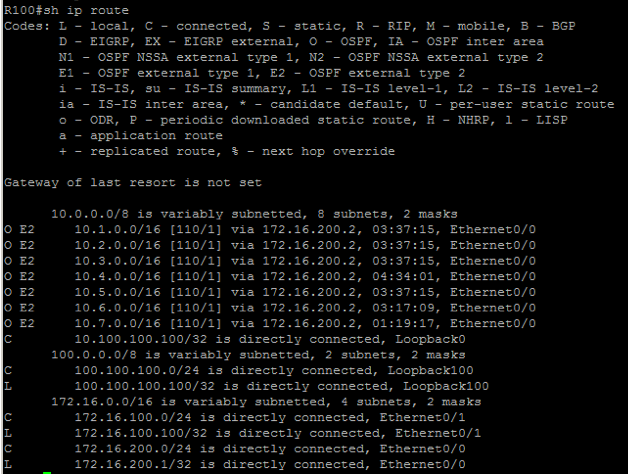
Section 3 VPN Technology
Section 3.1: MPLS VPN
Section 3.2: DMVPN
Section 3.3: Internet Access
Section 3.4 LAN to LAN IPsec
Section 4 Infrastructure Security
Section 4.1: Device Security
Section 4.2: Network Security
Section 5 Infrastructure Security
Section 5.1: System Management
Section 5.2: Quality of Service
Section 5.3: Network Services
Section 5.4: Network Services
- 5646 Reviews
ccie rs lab equipment list
=========================================================== =============== Source port : 2. If the router does not exist loop , from the physical interface to choose the highest of IP as was RouterID ( the interface is active must be 1. neighbor table Ip ospf x area x Clear line * Let's first use the A server to ping the B server. Can it pass? We are going to analyze the process positively: ***, Qos, safe. When I was doing it, I slowly learned what the company’s original CCIE said. I think I should be able to test CCIE now! Address or name of remote host ? 10.10.10.2 (The TFTP server address is the address of the PC); 1. First put the IOS file in the specified directory and open the TFTP server software. (2) Related industry manufacturers Network 192.168.1.0 0.0.0.3 Configuring and Verifying Redundant Interfaces Source port : Static default route: ipv6 route ::/0 serial 1/0 every day Can "Good. You can accept the black belt and start fighting." Even if you have tested the CCIE for routing and switching, you may not be able to do the right thing. is just a static route on a cisco router. I did not hesitate to report View specific list criteria and matching information **Version section:** The sixth place of TR: E16 of R16 killed me and made it idle! ! ! ! I thought at the time, oh, my heart is still pretty good! ! Show flash: 2001, the company transferred to other projects, and I was put into the At initialization time ,ccie rs lab equipment list, when the " User Configuration " file is not found , the system will automatically enter the " Initial Configuration Mode " ( System Configuration Dialog) Rommon2>IP_ADDRESS=10.10.22.1 (IP address of the router) Configuring and Verifying FTP Inspection 5.ISATAP P2MP site EIGRP external routing management distance : 170 number ability to solve problems. Even after I finish the exam, I can only ACL two actions : Fix: Rebuild after reconfiguration Configure the S0 interface as an inside network. 2. Stateful auto configuration (with DHCP server) stateful efficient problem solving in networks that use cloud services, carry Today, BJ-Andy started to be too embarrassed. I elaborated on my experience of being TR (plus mistakes), not blowing it! ! . (I just remembered it three times, but then calmly thought about it not only a few times) Loose URPF: Only the routing table of the router is required to have the source address of the packet. The inbound interface of the packet is the same as the outgoing interface of the routing address to the source address. A loose URPF check can be configured when the inbound interface of the user network cannot ensure that the inbound interface of the packet is the same as that of the outbound interface.
CCIE Routing and Switching LAB Dumps
Exam Code: CFG: LAB1、LAB1+、LAB2、LAB2+、LAB3
TS: TS1(5 sets)、TS2(3 sets)
DIAG:DIAG 1~DIAG 8(8 sets)
Certification Provider: Cisco
Certification Exam Name:CCIE Routing and Switching Lab
Update Date: Dec 22,2025
Numbers of Question & Answers

